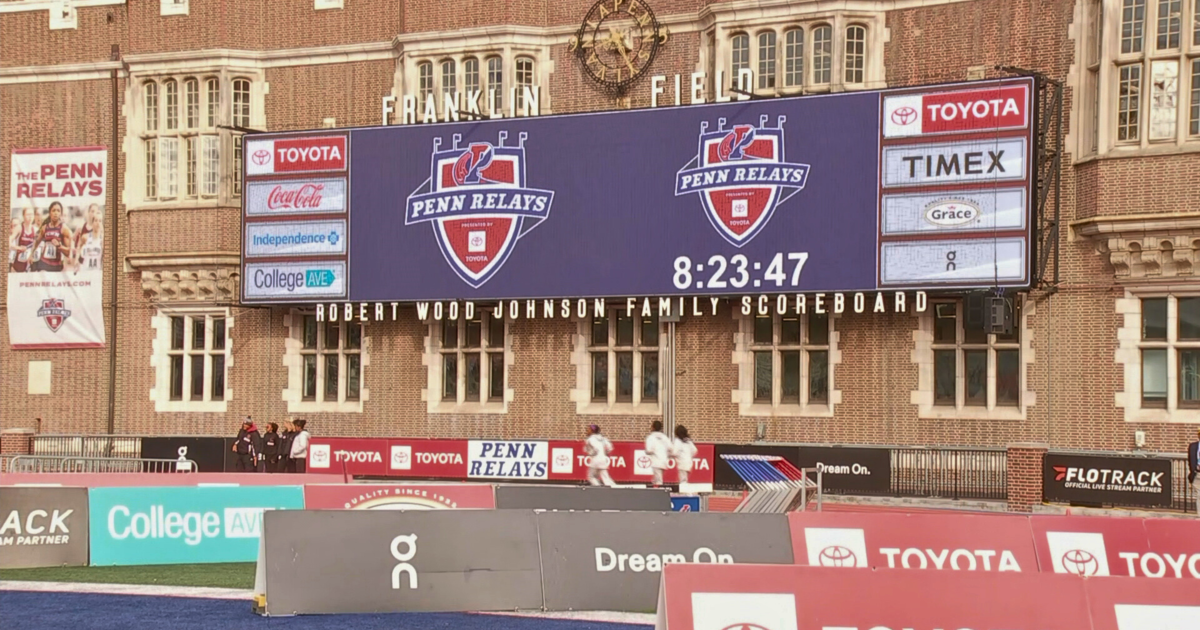Extreme Weather Events Of 2011
By Steven Strouss
The weather events of 2011 will be documented in the United States and Philadelphia as one of the most extreme in history. From heavy snow to flooding rains to hurricanes and heat waves, this was one year in weather that you will remember but wish you could forget.
The year began with piles of snow in Philadelphia as a powerful nor'easter buried the region with over a foot of the white stuff on January 26th. Thunder accompanied heavy snow during the peak of the storm and power outages were counted in the thousands. Nearly 500 flights were cancelled at the Philadelphia Intl. Airport and businesses and schools were subsequently closed for days. After all was said and done, the 2010-2011 winter turned out to be the 7th snowiest winter ever in Philadelphia with 44 inches of snow.
Spring arrived with a vengeance and a tornado outbreak unlike any other twisted the country in pieces and cost billions of dollars. 1,240 tornadoes occurred in 20 states and more than 500 lives were lost. Perhaps the most devastating tornado, was the EF5 monster that destroyed the town of Joplin, Missouri on May 22nd. More than 15,000 homes and buildings were demolished that day including a high school and a hospital. This was the costliest single tornado in US history. Closer to our area, a tornado ripped through Northeast Philadelphia, on May 18th, and caused thousands of dollars in damage to buildings near Red Lion Rd and Bustleton Ave. Although it was categorized as an EF0 tornado, it was the first tornado to touch down in Philadelphia county since 1999.
Meanwhile, the month of May was no picnic in southeast United States as they began dealing with a different problem. After days of severe thunderstorms in the Northern Plains and Midwest, torrents of water were sent into the Mississippi and Missouri Rivers. The swollen rivers could not handle the runoff and quickly overspilled their banks. Spring brought ferocious floods to homes and farmland near the watersheds. Nearly a years worth of water fell over the river basins in just a matter of days and emergency managers and engineers from Memphis to New Orleans were frantically trying to contain the river from record breaking floods.
The weather really started heating up during the summer months of 2011. The state of Texas entered what would become their worst drought since the dust bowl of the 1930s. Wildfires engulfed thousands of acres across the state and losses of crop and livestock were counted in the billions of dollars.
On July 22nd and 23rd the temperature soared into the triple digits in Philadelphia and surrounding counties. The mercury hit 103 and 101 those days and shattered records that stood for over 60 years. In all, 21 days during the month of July featured 90 degree temperatures or higher in the city. July 2011 was the hottest July ever in Philadelphia and the summer of 2011 turned out to be the 5th warmest in Philadelphia's history.
Just a month after the sweltering heat, a major event rocked the Mid-Atlantic and Northeast on August 23, 2011. A 5.8 earthquake centered near Mineral, VA chased people from buildings, shattered windows and cracked national monuments. The trembling was felt over hundreds of miles and inspections were subsequently conducted on all area bridges and structures.
Days after the earthquake, another major event was brewing in the Atlantic Ocean. Hurricane Irene quickly gained strength and spun up the US East coast in late August, forcing thousands of people to evacuate and seek higher ground. The hurricane proved fatal before even reaching the US mainland. On August 27 & 28, Irene roared into our region and sent rivers and streams over their banks. In addition to the devastating floods across southeast Pennsylvania and New Jersey, over a dozen tornado warnings were issued Saturday night during just a two hour period of time. 7 people in Philadelphia and surrounding counties lost their lives and damage throughout the United States has been estimated over 5 billion dollars.
Two weeks later, remnants of Tropical Storm Lee deluged the region and triggered additional flooding. Traffic was snarled and numerous roads were closed due to high water. Highways and streets became rivers and rainfall rates over 2 inches per hour prompted flash flood warnings in almost all of our area counties. Many people abandoned their water logged cars and those who didn't had to fight terrible traffic and long detours just to get to work.
The rainfall amount measured during the month of August alone drowned all other monthly rainfall records in Philadelphia. September also proved to be an extremely wet month in Philadelphia with a total of 10.27 inches of rain, nearly 6.5 inches above normal. By the time 2011 is over, Philadelphia will have received a record annual rainfall amount over 64 inches and that number is almost double the average annual rainfall of Seattle, Washington.
Winter arrived in the Northeast before Winter ever began in a rare October snowstorm that knock down numerous trees and power lines. The storm was nicknamed the "Halloween nor'easter" and was responsible for nearly 40 deaths across 14 states and caused millions of power outages which left some people in the dark for weeks. Although only .3" of snow was measured at the Phila. Intl airport, it was the fourth snowiest October ever in the city.
November was a warm month in Philadelphia. Officially, the 5th warmest with an average temperature of 51.3 degrees. December has also been a very warm month and will probably rank in the top 5 as well.
As 2011 comes to a close, we can only hope that 2012 will bring more tranquil weather. We study cycles such as La Nina to give us clues about future climate patterns and La Nina is expected to continue into 2012. This may mean less snow than previous winters for the Philadelphia region but history shows us that there will still be significant weather events in the new year.



